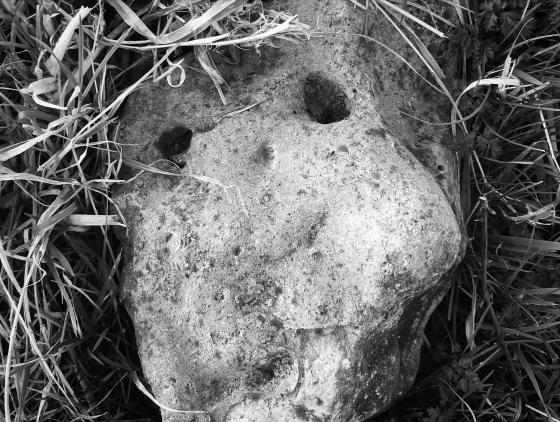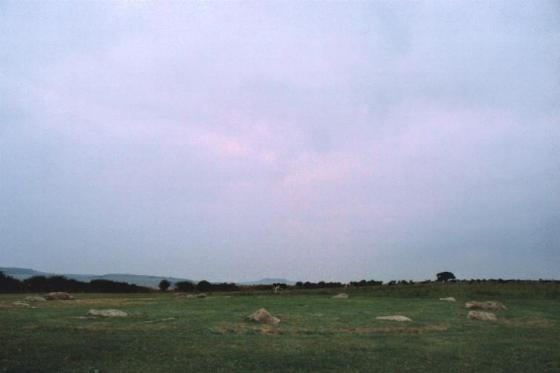Grinsell in his ‘Dorset Barrows’ picks out one of these mounds – at SY699854. It is locally known as Culliford Tree, or the Music Barrow. It used to be the meeting place of the Hundred.
If you listen right at its apex, right at midday, you ought to hear fairy music.
Though, as Grinsell said: “The present writer has done so (May 1954) but heard only the cuckoo and some jet aircraft.”
Perhaps he just wasn’t listening hard enough.
--------------------
There’s some confusion about this, as I read in John Symonds Udal’s ‘Dorsetshire Folklore’ (1922). He’s quoting Charles Warne’s ‘Celtic Tumuli of Dorset’ (1866) so I suppose the best thing is to find that book first hand.
He says Warne states “on Bincombe Down there is a ‘Music Barrow’ of which the rustics say that if the ear be laid close to the apex at midday the sweetest melody will be heard within.” And then, Udal says “Mr Warne speaks of a similar superstition attaching to a certain tumulus at Culliford Tree as he has attributed to the Music Barrow on the neighbouring Bincombe Down.”
Are there two musical barrows or one? It’s all very confusing (and probably bemusing, if you are a cynic who doesn’t believe in musical barrows). I advise anyone who is truly interested to take a different barrow each day and press their ear to them.

























































































































































